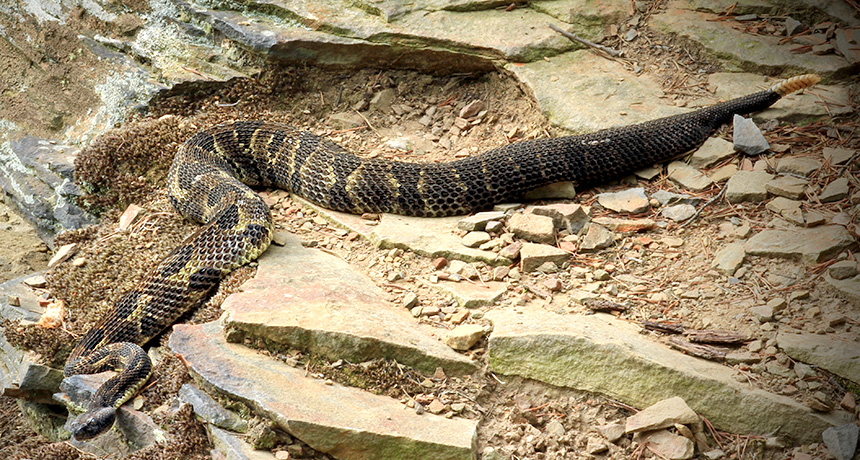
AMERICAN IDOL The natural history of the timber rattlesnake, an early symbol of the United States, is the subject of a new book.
Nicholas A. Tonelli/Flickr (CC BY 2.0)

AMERICAN IDOL The natural history of the timber rattlesnake, an early symbol of the United States, is the subject of a new book.
Nicholas A. Tonelli/Flickr (CC BY 2.0)